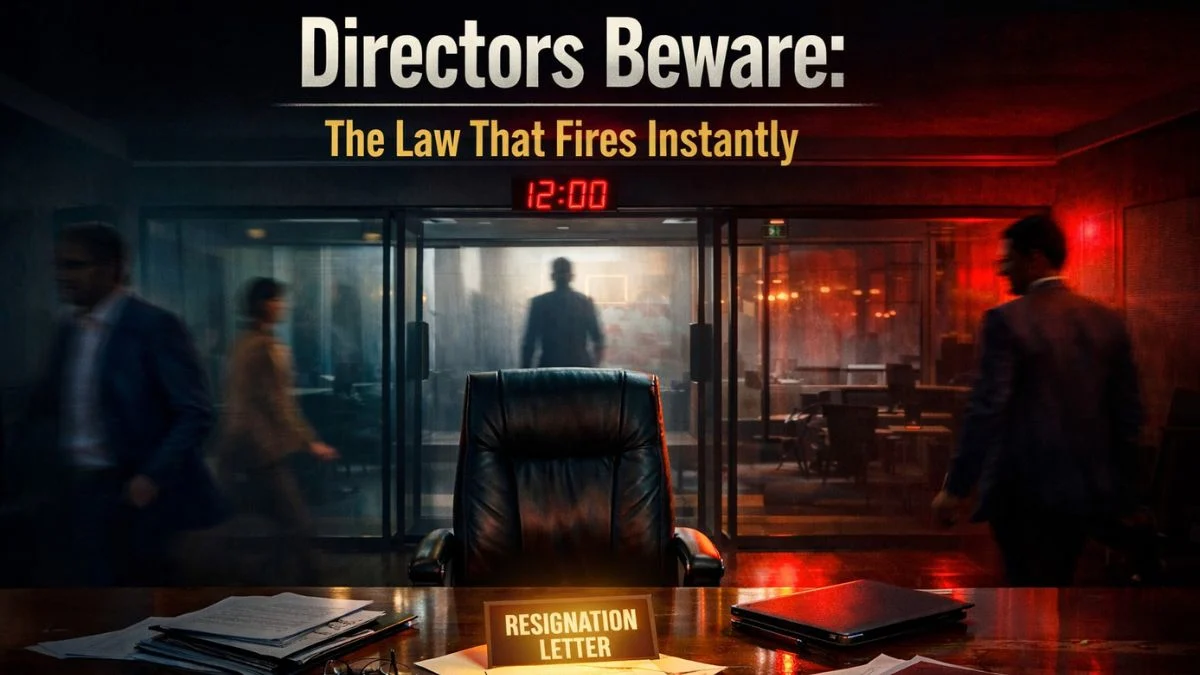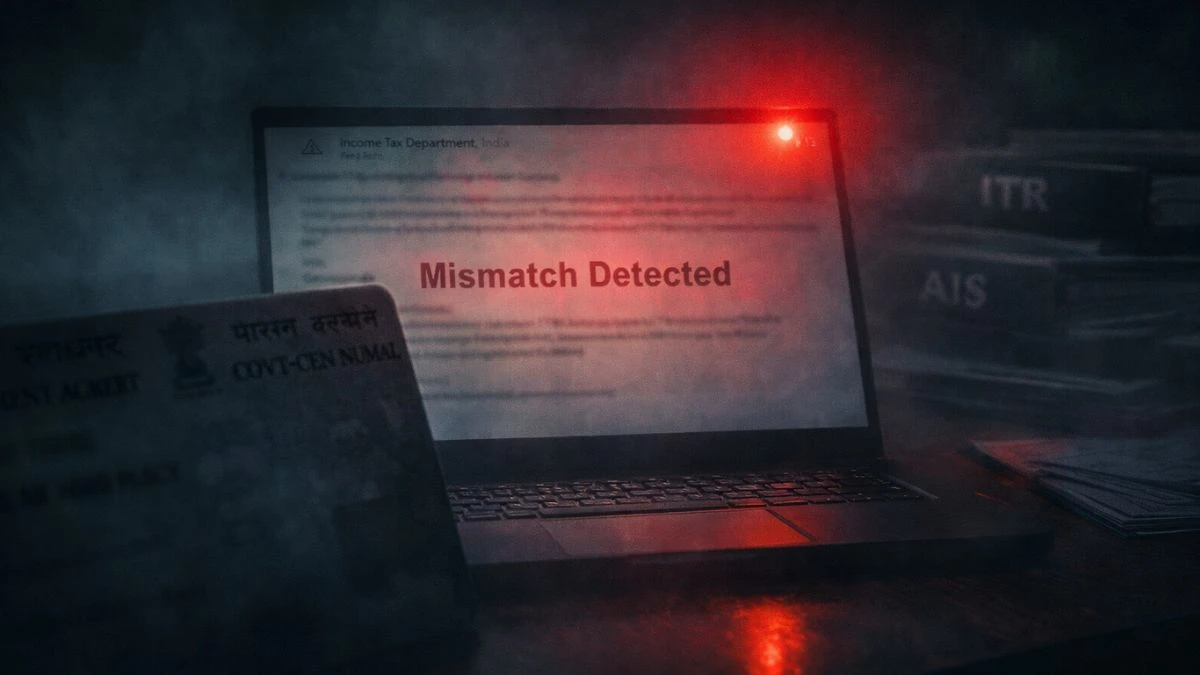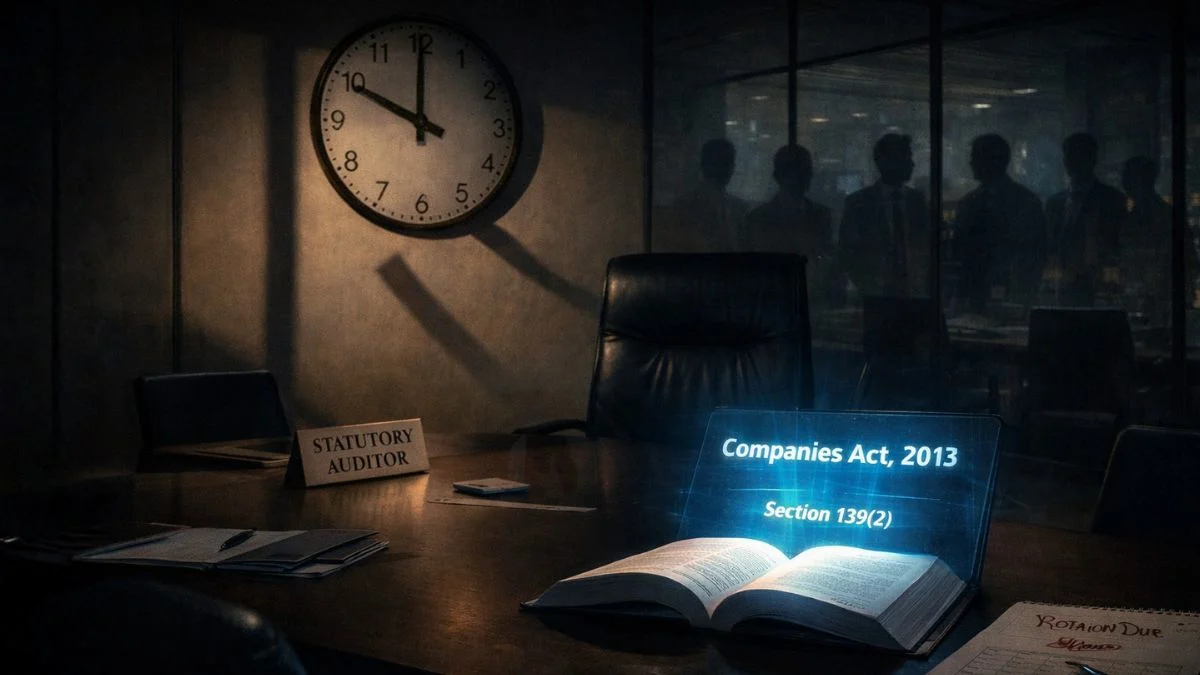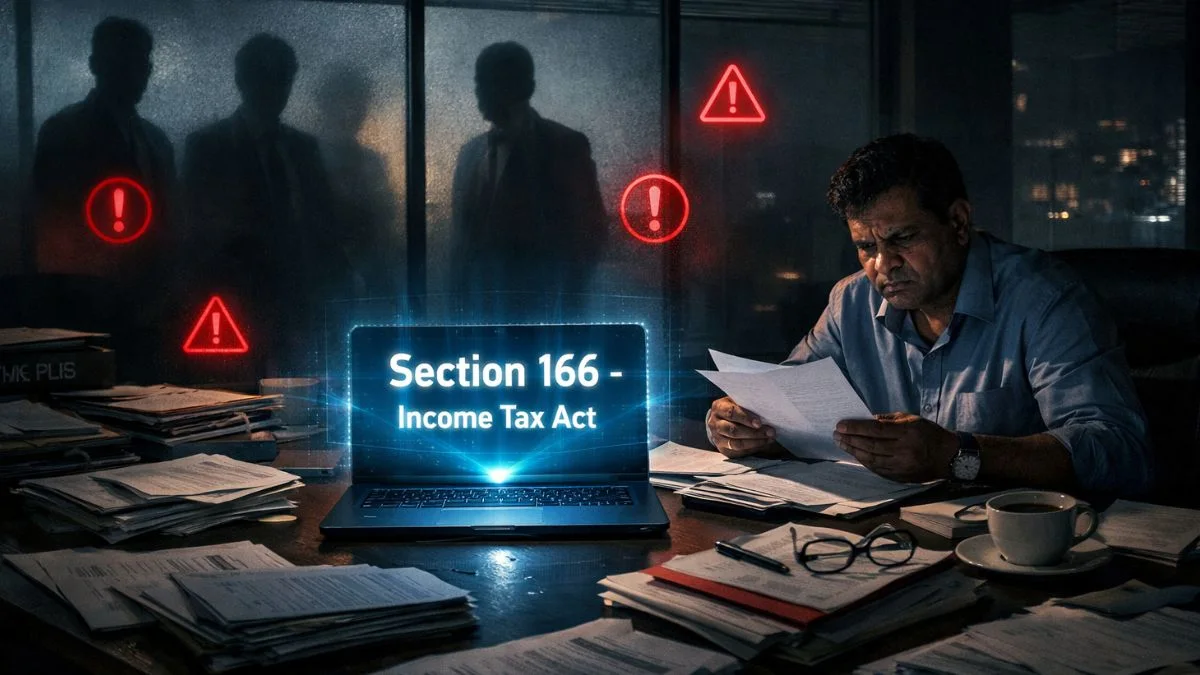
Introduction
A notice from the Income Tax Department can feel overwhelming, especially when it references sections of the law that most taxpayers haven’t even heard of. One such commonly issued communication is a notice under Section 142(1) of the Income Tax Act, 1961.
But there is no need to panic. Section 142(1) is often a routine notice issued during the assessment process.
Understanding the intent behind the notice and responding appropriately is critical to avoid further complications or penalties.
What Is Section 142(1) of the Income Tax Act?
Section 142(1) gives powers to the Assessing Officer (AO) to issue a notice to an individual, HUF, or business in the following situations:
- To furnish the income tax return if it hasn’t been filed by the taxpayer
- To provide additional information or documents related to an already filed return
This section is part of the assessment stage and is used to collect details necessary for computing the correct taxable income.
Types of Notices Issued Under Section 142(1)
- Return Filing Notice
- Issued if the taxpayer has not filed the income tax return voluntarily
- Commonly sent after reminders or detection of high-value transactions in AIS or Form 26AS
- Information or Document Request Notice
Issued even after ITR filing, asking for clarification regarding:
- Sources of high income or sudden deposits
- Details of investments or claimed deductions
- Bank statements or property-related documents
- Business financials, TDS claims, or mismatches in Form 16
What Documents May Be Asked Under Section 142(1)?
The notice may request the following documents:
- PAN and Aadhaar details
- ITR-V acknowledgement copy
- Salary slips and Form 16
- Bank account statements
- Sale or purchase of property deeds
- Investment proofs (Section 80C, 80D, etc.)
- Audit report, if applicable
- Books of accounts and ledgers (for businesses)
- Rent receipts or loan agreements
What Happens If You Do Not Respond?
Ignoring a 142(1) notice can lead to the following consequences:
- Assessment under Section 144, where the AO makes a best judgment assessment based on available data
- Penalty of Rs. 10,000 under Section 271(1)(b) for each default
- Prosecution under Section 276D, which may result in fines or imprisonment in severe cases
Frequently Asked Questions
Is a 142(1) notice the same as a scrutiny notice?
No. A notice under Section 142(1) is not a scrutiny notice. It is a preliminary step and may or may not result in scrutiny under Section 143(2).
Can I get more time to respond to a 142(1) notice?
Yes, you can request an extension by submitting a formal application with valid reasons before the deadline. The AO may accept or reject the request at their discretion.
How to respond to a 142(1) notice online?
Steps to respond via the Income Tax e-Filing Portal:
- Log in using your PAN
- Go to "Pending Actions" → "e-Proceedings"
- Select the relevant notice
- Upload the requested information in PDF or the specified format
- Submit and save the acknowledgement for your records
Common Reasons Why Notices Are Issued
- ITR not filed despite the availability of AIS or TDS data
- Salary income mismatch with Form 26AS
- Unreported capital gains, fixed deposit interest, or crypto income
- Large unexplained cash deposits or property purchases
- Claims of high deductions without supporting proof
Important Timeline
- The AO can issue a Section 142(1) notice during assessment or reassessment proceedings.
- This typically happens after the ITR filing due date but before completion of assessment under Section 143(3) or Section 144.
- The response period is generally between 10 to 15 days from the date of issue.
Final Thoughts from a Chartered Accountant’s Desk
A 142(1) notice is not an accusation; it is a formal request for clarification.
However, a delayed or incomplete response can escalate the situation and lead to serious consequences.
Whether the notice asks you to file a return or provide documents, always ensure your reply is:
- Submitted within the deadline
- Complete and clear
- Backed with verifiable records
Getting professional assistance can help ensure a smoother outcome and prevent escalation.
Need Help Responding to a Section 142(1) Notice?
At CallmyCA, we help taxpayers:
- Decode and interpret Section 142(1) notices
- Draft structured and compliant responses
- Gather and organise the required documents
- Submit replies via the e-filing portal
- Handle follow-up queries and assessments
Click here to book your tax notice service with CallmyCA











